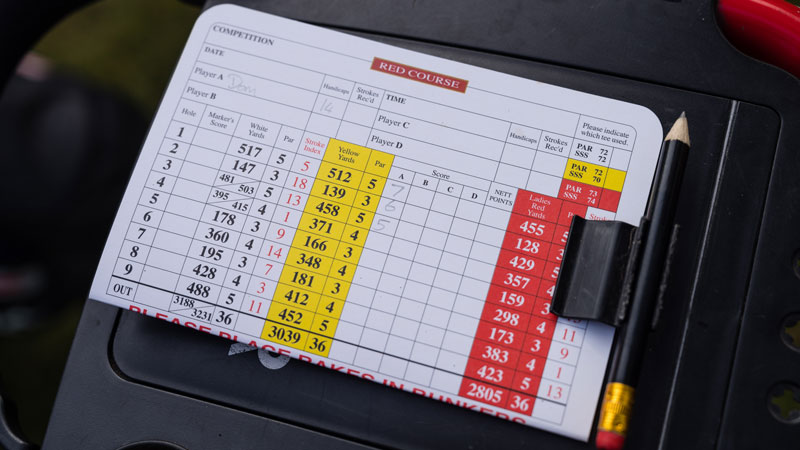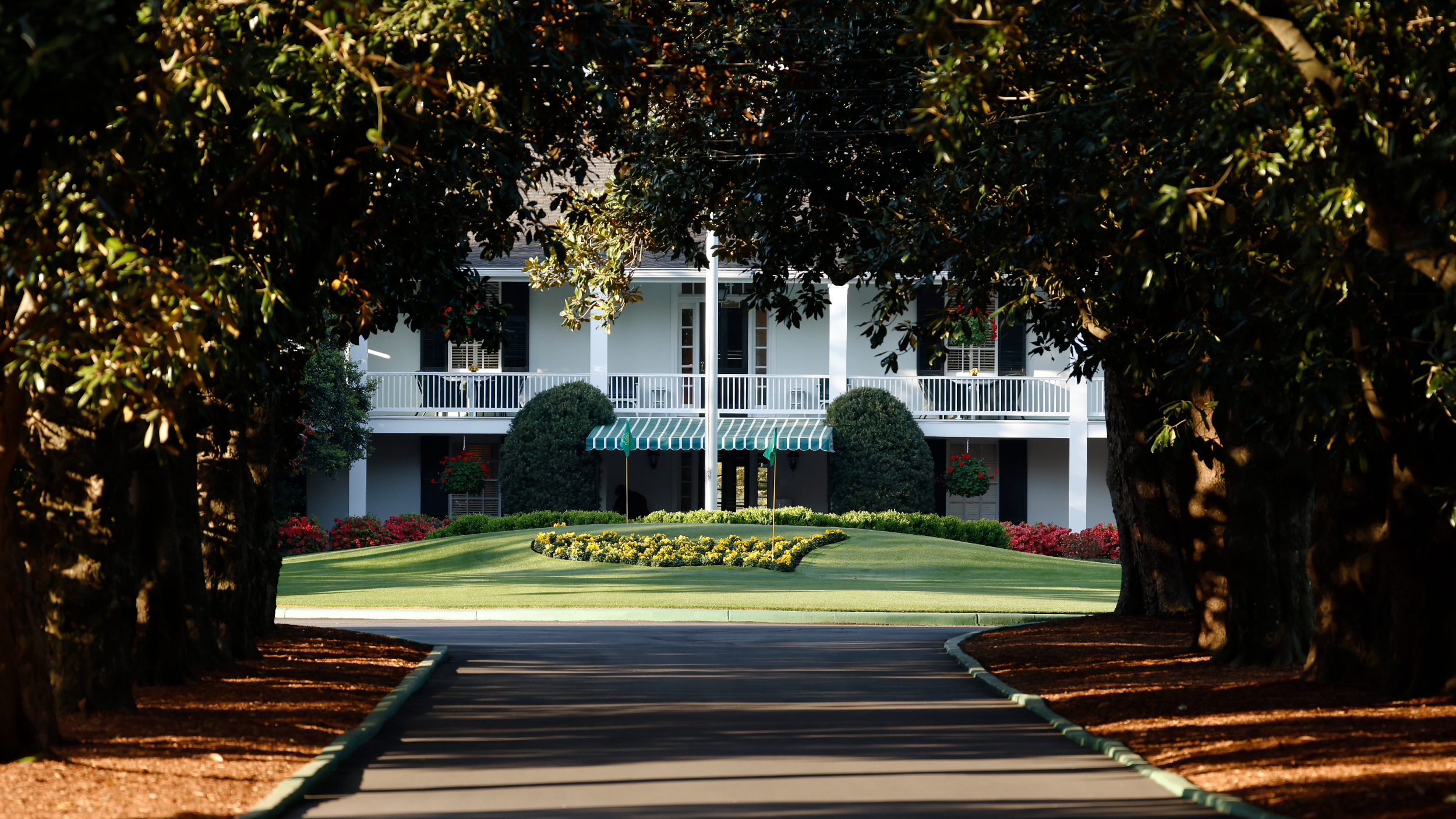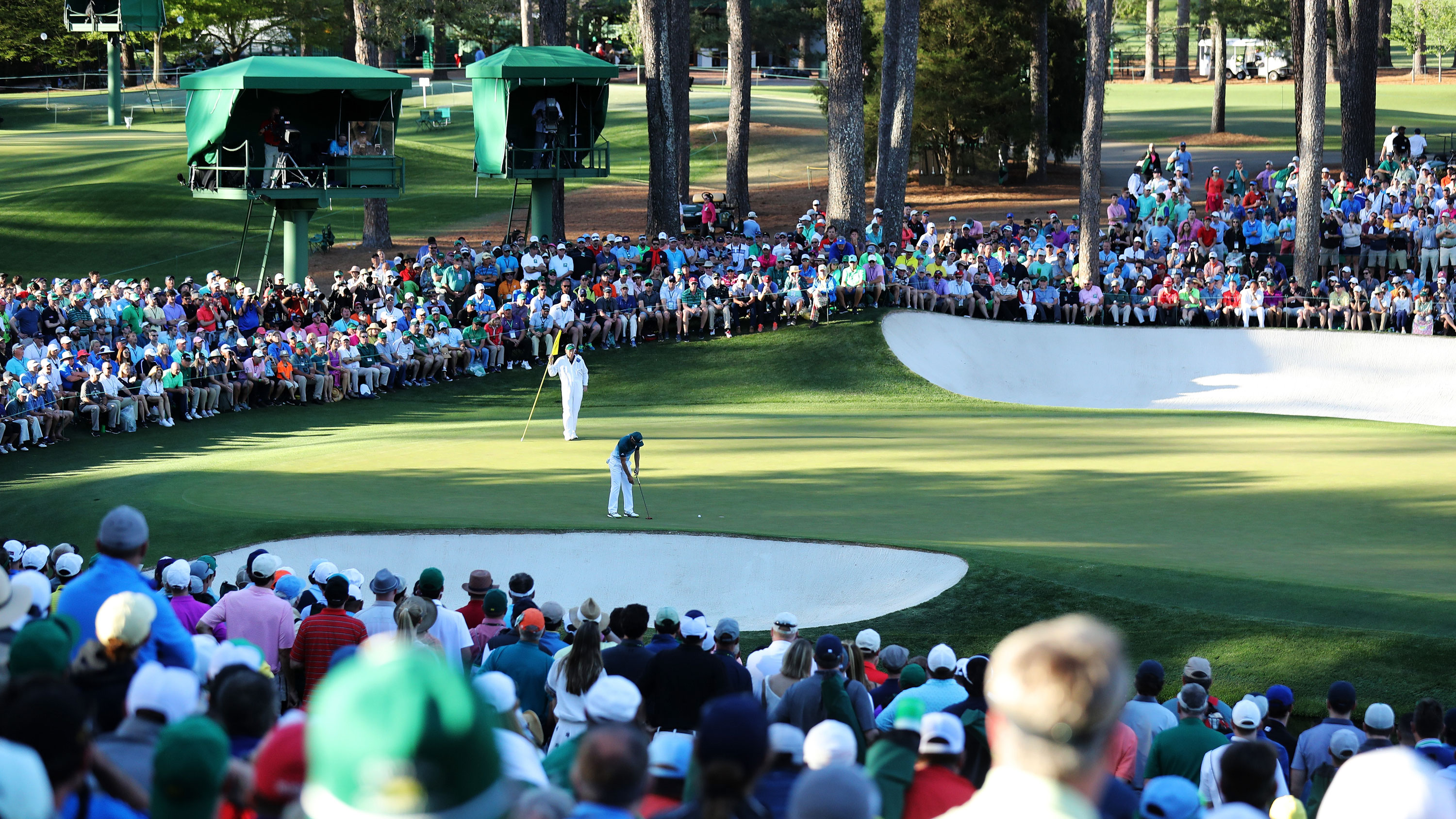Rules of Golf Scorecard Essentials
Jeremy Ellwood looks at some golf scorecard essentials, and some of the slips of the pencil you need to avoid to stay the right side of the Rules


Jeremy Ellwood looks at some golf scorecard essentials, and some of the slips of the pencil you need to avoid to stay the right side of the Rules
Rules of Golf Scorecard Essentials
Unlike many sports, it is the players and their designated markers who bear the responsibility for recording their scores in golf, but the burden isn’t too great as there are only a few key things to remember to avoid falling foul of golf’s scorecard Rules (Rule 3-3).
Here are some of the golf scorecard essentials...
Rules of Golf Scorecard Essentials
Recording the correct handicap on the card is solely your responsibility as the player.
If you fail to record your handicap, or play off a handicap higher than that to which you are entitled (and this affects the number of strokes received), you will be disqualified from the handicap element of a strokeplay competition, though your score will still stand in any concurrent scratch competition. If you record too low a handicap on your card, your net score will stand based on that handicap.
Related: 16 Important Golf Scorecard Rules To Remember
Get the Golf Monthly Newsletter
Subscribe to the Golf Monthly newsletter to stay up to date with all the latest tour news, equipment news, reviews, head-to-heads and buyer’s guides from our team of experienced experts.
At the end of the round, all you are signing for is your gross score on each hole. You do not have to add your scores up, record your net score, or allocate Stableford points in a Stableford.
Most golfers do mark such things on their cards (and rightly so), but you cannot be penalised for getting the maths, the net score or the Stableford points wrong. It is always worth checking with your marker each individual hole score once the round is complete.
Should you sign for a gross score on a hole lower than that actually taken, unfortunately you will be disqualified. Should you sign for a higher score on a hole than that taken, the higher score stands, but you will not be disqualified.
Contrary to what some believe, you do not need to initial mistakes or corrections on the scorecard.
Related: 10 Golf Rules Myths
Nor do you need to always mark your score immediately on completion of a hole, especially if it is your honour on the next tee. Knowing when (and when not) to fill out your card is an important part of keeping play moving.
The scorecard must be signed by you and your marker (or markers if another person has had to take over) and returned as soon as possible on completion of the round. Sometimes, this will be to a recorders’ area, but often simply to a box in the clubhouse or changing room. Once it has been returned, no alterations can then be made to the scorecard.
If one or both of the required signatures are missing, you will be disqualified. Returning the card “as soon as possible” doesn’t mean immediately, nor does it mean hours later.
You might have a long trek to the area where it is to be returned if, for example, you have started on a tee some way from the clubhouse. And even if computerised scoring is in operation, it is what is recorded on the physical scorecard that is all-important, rather than what might be input in error into a computer.
It is always worth an extra dose of concentration to make sure everything is spot-on before signing and returning your card, especially in the excitement of a good round. There is nothing worse than the round of a lifetime being scuppered by an elementary scorecard mistake!

Jeremy Ellwood has worked in the golf industry since 1993 and for Golf Monthly since 2002 when he started out as equipment editor. He is now a freelance journalist writing mainly for Golf Monthly. He is an expert on the Rules of Golf having qualified through an R&A course to become a golf referee. He is a senior panelist for Golf Monthly's Top 100 UK & Ireland Course Rankings and has played all of the Top 100 plus 91 of the Next 100, making him well-qualified when it comes to assessing and comparing our premier golf courses. He has now played 1,000 golf courses worldwide in 35 countries, from the humblest of nine-holers in the Scottish Highlands to the very grandest of international golf resorts. He reached the 1,000 mark on his 60th birthday in October 2023 on Vale do Lobo's Ocean course. Put him on a links course anywhere and he will be blissfully content.
Jezz can be contacted via Twitter - @JezzEllwoodGolf
Jeremy is currently playing...
Driver: Ping G425 LST 10.5˚ (draw setting), Mitsubishi Tensei AV Orange 55 S shaft
3 wood: Srixon ZX, EvenFlow Riptide 6.0 S 50g shaft
Hybrid: Ping G425 17˚, Mitsubishi Tensei CK Pro Orange 80 S shaft
Irons 3- to 8-iron: Ping i525, True Temper Dynamic Gold 105 R300 shafts
Irons 9-iron and PW: Honma TWorld TW747Vx, Nippon NS Pro regular shaft
Wedges: Ping Glide 4.0 50˚ and 54˚, 12˚ bounce, True Temper Dynamic Gold 105 R300 shafts
Putter: Kramski HPP 325
Ball: Any premium ball I can find in a charity shop or similar (or out on the course!)
-
 What You Get For Finishing Second At The Masters
What You Get For Finishing Second At The MastersFinishing runner-up at The Masters is sure to bring disappointment, but there are plenty of reasons for the player who misses out to be cheerful too – here are the details
By Mike Hall Published
-
 Dear Masters Tournament Committee: Please Change The Final-Round Pin Positions On 16 And 18
Dear Masters Tournament Committee: Please Change The Final-Round Pin Positions On 16 And 18The back nine at Augusta National on Masters Sunday is scintillating, but I’ve been campaigning for different pin positions on 16 and 18 for years...
By Nick Bonfield Published